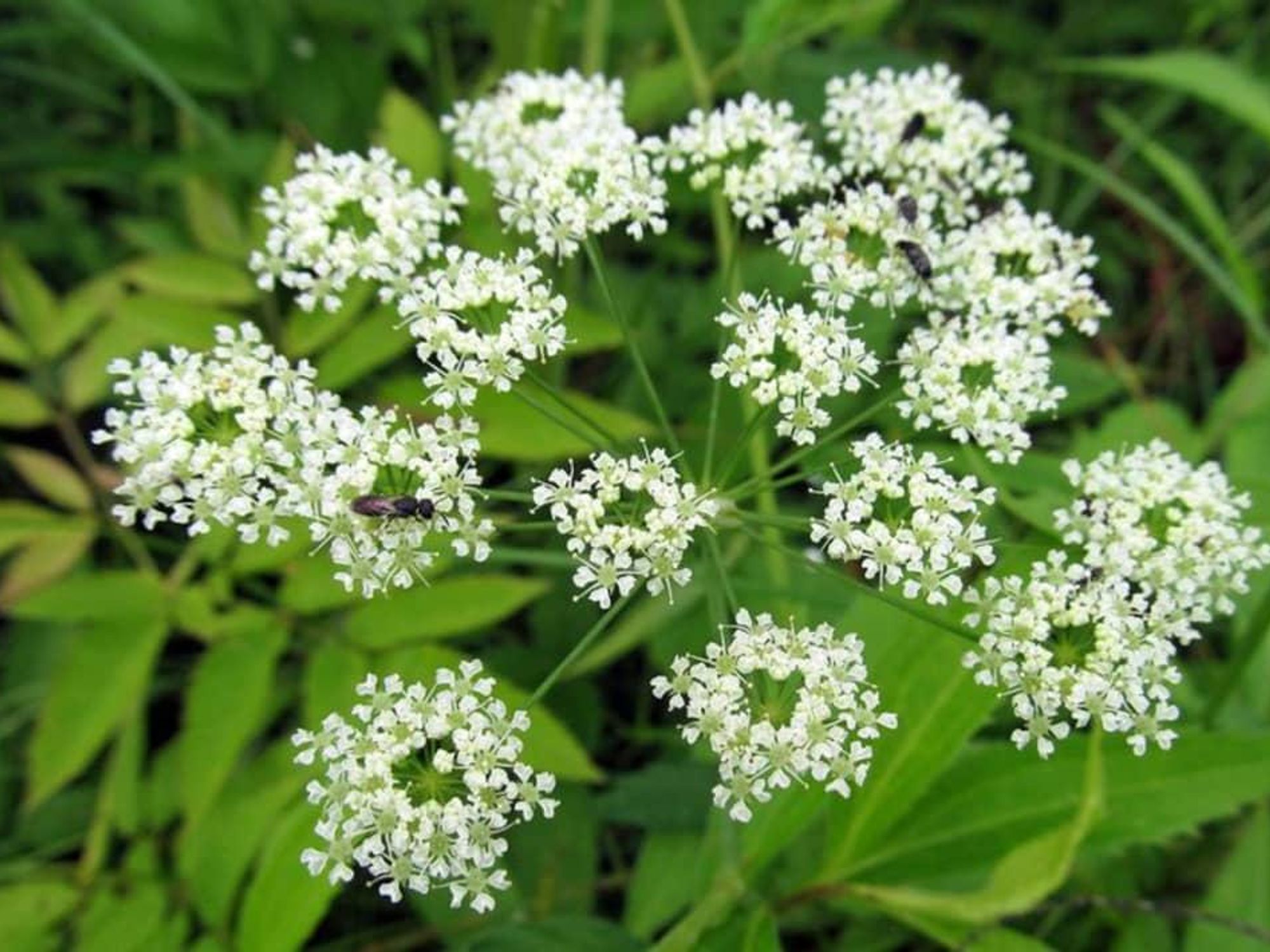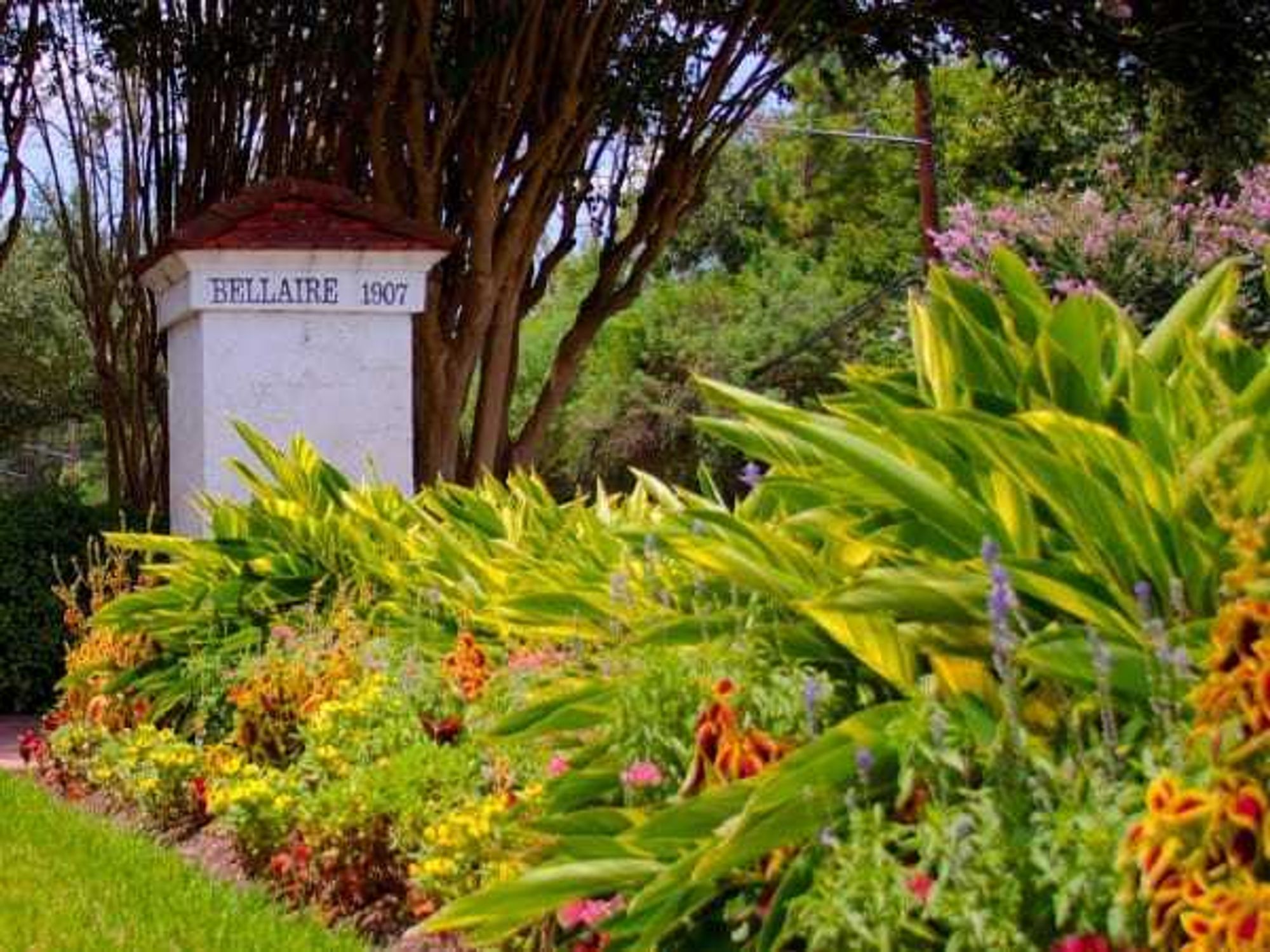White Rock Lake News
Dallas park department finds poisonous water hemlock at White Rock Lake

A toxic plant has been discovered at White Rock Lake, and Dallas Park and Recreation Department is making it a priority to eradicate it pronto, via an emergency pesticide application on Friday, July 22.
A release says that Park maintenance staff recently learned of several populations of the poisonous water hemlock growing around the lake. They are making removal an "urgent priority," although it's hardly the first water hemlock in Dallas where it can even be found in people's backyards, if they're overgrown.
In any case, a Texas Department of Agriculture pesticide applicator will treat areas where the plant is growing. The herbicide they are using is Rodeo, which is a glyphosate.
The department has not used glyphosate products around the lake in years, but they say it's the most effective product for killing the plant, and they've decided this current situation represents a unique threat to public health. But the application will be targeted specifically toward Water Hemlock and not to any surrounding vegetation. No worries, then!
When dealing with invasive plant species, Dallas Park and Recreation usually considers non-chemical control methods such as physical removal first as part of its Integrated Pest Management (IPM) program. However, because of the toxicity of water hemlock, hand pulling or mowing the plant presents a risk to city employees and risk of inadvertent exposure to the public during the handling process.
After the initial treatment, the department will actively monitor the effectiveness and determine if additional treatments are needed. If the initial treatment is effective, the plant will dry up and roots killed to neutralize any toxicity and threat to human health.
Water Hemlock likes wetter areas, and grows one half to 1 meter in height. The plant may resemble common yarrow or cow parsnip that are also in the carrot/parsley family. It has small clusters of white flowers in an umbrella formation.
Though inconspicuous in appearance, water hemlock is toxic. The toxin cicutoxin acts directly on the central nervous system and is a violent convulsant. Symptoms can appear in as little as 10 minutes. Primary methods for poisoning are ingestion, however skin contact may also cause a reaction.
The public is advised to keep away from the plant if discovered at the park and contact a Poison Control Center if exposed.
The release does not say what time of day the pesticide will be applied; a spokeswoman said she was asking staff for details.

 David and Melissa Loder's Elf Town is on Penbrook Court in the Deerfield subdivision of Plano. Photo courtesy of David and Melissa Loder
David and Melissa Loder's Elf Town is on Penbrook Court in the Deerfield subdivision of Plano. Photo courtesy of David and Melissa Loder